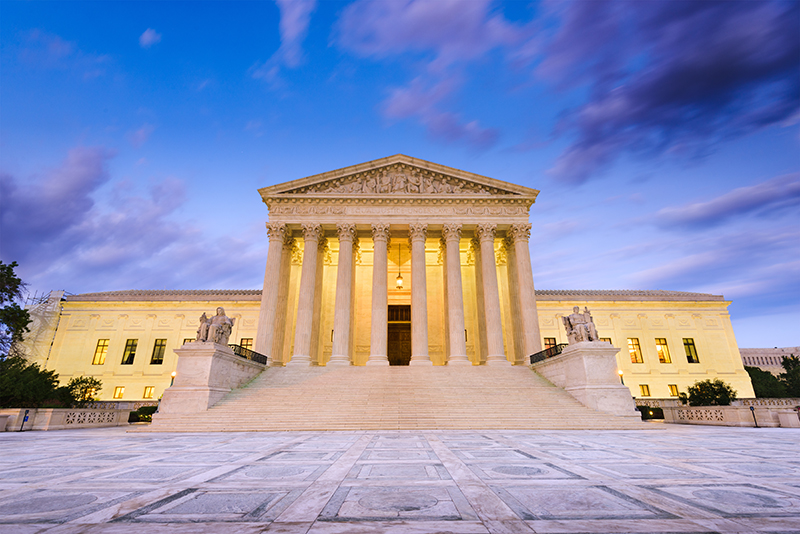
The great transitional shock one faces going into law is the realization that lawyers are professional paper shufflers. There is no concept of a project that should be brought to completion. Court cases are entities that can stretch forever.
I am glad that I took up law late in life. If I had started in my 20s, I would have been jaded long ago. Going into law old allows me to laugh at the total dysfunction of the legal system.
This week that dysfunction was on full display as the Supreme Court beclowned itself in Regents of the University of California v. U.S. Department of Homeland Security (the DACA case). Right now, some are celebrating the decision, but when people start looking into its full implications, reality is going to hit hard.
In law school one learns the theory that the various courts of appeal supervise and bring order to the district courts. And the Supreme Court supervises the courts of appeal so that as cases flow upward the system produces a unified, coherent law. But over the past couple of weeks we have seen the Supreme Court being the source of chaos in the law.
After you graduate law school, you learn that courts hate to decide anything. If one side argues for a court to decide a case and another side argues for a delay, place your wager on the court opting not to decide.
Chief Justice Roberts' tortured Regents opinion concludes that the Trump administration’s proffered justification for rescinding the DACA program — that it was unlawful — was arbitrary and capricious.
A straight-thinking person would expect the Court’s conclusion means that the Trump administration was wrong and that the Court found that DACA was lawful. Unbelievably, the Supreme Court did no such thing.
Instead, the Supreme Court held that the administration acted arbitrarily and capriciously because it did not consider forbearance and hardship to DACA recipients. The absurdity of Roberts' opinion is striking. It means in the future the courts can order an unlawful program to remain in place if the only argument advanced for ending it is that it is unlawful.
The other absurdity in Roberts' reasoning is that a change in policy of law enforcement must now take into consideration the hardship enforcement might cause those who are breaking the law. Imagine an administration that puts in place a policy of not prosecuting those who bring marijuana into the United States. Then a subsequent administration decides to rescind the policy, asserting it is unlawful. Now all of the people who invested in infrastructure to import pot have a cause of action to sue the government to block enforcement because of the hardship that would cause to them.
In regard to DACA itself, the Supreme Court remanded the issues back to DHS. DHS can now do a 200-page justification and announce that DACA is being rescinded all over again. Then people can sue again. The case can go right back to the Supreme Court. By not deciding the issue, the Supreme Court can double the amount of litigation over the issue.
The dancing in the streets over the decision will come to an end when people realize that the Supreme Court’s failure to decide whether DACA is lawful and its failure to decide whether district courts can issue nationwide injunctions means that we could soon see a court opinion finding DACA unlawful that comes with an nationwide injunction putting an end to it.
The big question here is why the Court did not decide the question of whether DACA was lawful. That question only leads to disturbing answers.
The public needs to learn from this that the American legal system is self-sustaining. As the Supreme Court has done here, the courts operate in such a way as to maximize litigation. Rather than putting an end to the fight over the DACA issue, the Supreme Court has kept it alive.
